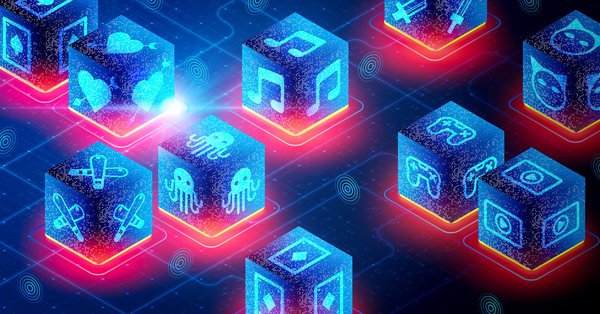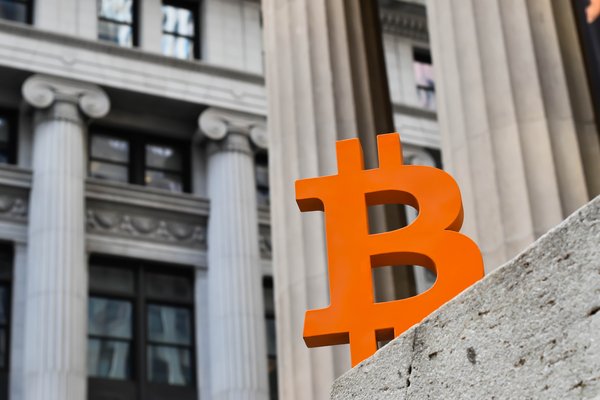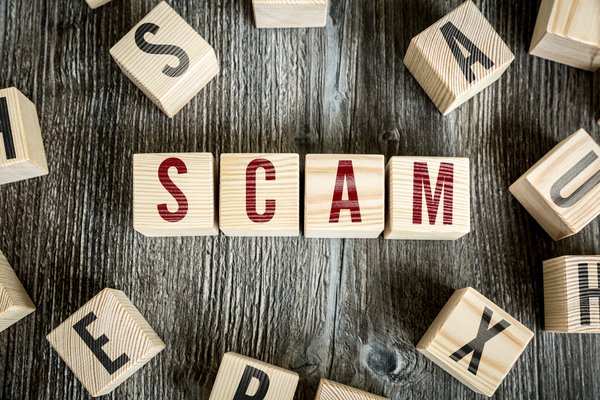MonaCoin (CRYPTO:MONA) is a cryptocurrency developed in Japan that’s based on an ASCII art character, a cat called Mona. It's one of the older cryptocurrencies, dating back to 2013.

During the first big crypto boom in 2017, MonaCoin was a massive success. The price increased that year by more than 84,000%, and it broke into the top 25 cryptocurrencies by market cap. It hasn't been able to replicate that success going forward, however, and activity has been dwindling. In this MonaCoin guide, we'll check out what it does and whether it could bounce back.
What makes MonaCoin unique?
MonaCoin is the first altcoin, the term for an alternative cryptocurrency to Bitcoin (CRYPTO:BTC), created in Japan. It's designed as a peer-to-peer payment system and offers faster transactions than Bitcoin, with a block time of 1.5 minutes.
As a payment coin, MonaCoin is mainly used to transfer funds between users and as a payment method at a small number of Japanese businesses. It's also used for tipping people online.
In terms of functionality, there's nothing particularly special or unique about MonaCoin. Although its transaction speeds were good by 2013 standards, there are now many faster cryptocurrencies. The closest comparison to MonaCoin is probably Dogecoin (CRYPTO:DOGE), another cryptocurrency used for payments and tipping people online with no real competitive advantage.
Where MonaCoin came from
An anonymous founder who went by the pseudonym Mr. Watanabe came up with the idea for MonaCoin in December 2013. Somewhat ironically, it was described as a video game currency and not intended to be a cryptocurrency.
MonaCoin launched on Jan. 1, 2014. The MonaCoin Foundation was also set up that year to promote the development of the cryptocurrency. There's no other information available on the team behind MonaCoin or who's currently in charge of it. Although a short technical summary describing the coin was published, MonaCoin has no official white paper or feature roadmap.
How MonaCoin works
MonaCoin, which has a maximum supply of 105.12 million coins, is a hard fork of Litecoin (CRYPTO:LTC), an early altcoin that offers faster transactions than Bitcoin. Like Dogecoin, MonaCoin was created from forked code of the altcoin -- which was originally based on Bitcoin code but designed to be faster.
Also like Bitcoin and Litecoin, MonaCoin relies on cryptocurrency mining to validate transactions and mint new coins. Miners run programs that perform computations to satisfy MonaCoin's proof-of-work protocol. The miner that accomplishes this first is chosen to validate a block of transactions and add it to the blockchain.
In return, MonaCoin pays miners a block reward for each block added. The block reward is paid in newly minted MONA coins, which is how coins are added to the circulating supply. The reward amount paid per block is halved every 1.051 million blocks.
Connections
MonaCoin is accepted as a payment method by a small number of Japanese retailers, including:
- Bitcoinmall, an online market that sells a wide variety of products and only accepts digital currencies.
- Ark, an electronics store that has both an online shop and a brick-and-mortar store.
There's also a MonaCoin community platform, Monappy, that's like a cross between a message board and an online market. Users can interact with each other, buy and sell products, and tip using MonaCoin. It also has a streaming viewer with streams from users who have linked their Twitch channels. However, there doesn't appear to be much streaming activity.
Unique risks
The main problem for MonaCoin is that there's nothing setting it apart from other cryptocurrencies. The only thing you could call a competitive advantage is its appeal in Japan, but it's not the only cryptocurrency used there. Japanese stores that accept MonaCoin also typically accept Bitcoin at a minimum.
Other than that, MonaCoin doesn't have any notable advantages or reasons you should buy it. You can find plenty of faster payment coins if you want to transfer funds or pay with crypto.
There also doesn't appear to be much going on with MonaCoin anymore, so it's hard to imagine a comeback is on the way. The MonaCoin subreddit doesn't have much in the way of discussions. The MonaCoin Github had hardly any contributions in 2021 and even fewer in 2022. Its trading volume also shows a continued downward trend.
Such little activity is a bad sign in cryptocurrency. It's a competitive market, and inactive projects quickly get left behind.
Is MonaCoin a good investment?
MonaCoin isn't a good investment. It has too many red flags to recommend, and there are better ways to invest in cryptocurrency out there.
All indications are that MonaCoin's best days are behind it. After peaking near the end of 2017, the price plunged. That happened to a lot of cryptocurrencies around the same time, but MonaCoin hasn't come anywhere near its previous high.
There might be some reason for optimism if MonaCoin had unique features, a strong community behind it, and active development, but that's not the case. As we've covered already, it's a fairly run-of-the-mill cryptocurrency with little going on.
One last thing worth mentioning is that MonaCoin was never designed as an investment. It was made to be a payment coin that people can use as a digital currency. Although it has increased in value at times, that's not its goal.
Related investing topics
How to buy MonaCoin
Since MonaCoin isn't that popular outside of Japan, you won't find it on many U.S. crypto exchanges. Fortunately, there are a few options for those who are interested in it. If you're in the U.S., you can buy MonaCoin on:
Japanese crypto exchanges that have MonaCoin include Zaif and bitFlyer. Note that bitFlyer only has MonaCoin available on its main Japanese platform, not the U.S. version with a smaller cryptocurrency selection.
For a brief period of time, MonaCoin was one of the largest cryptocurrencies in the world. We're a long way from 2017, though, and MonaCoin has fallen hard since then. Although this cryptocurrency may still have some appeal in Japan, it doesn't have anything to offer as an investment.






























































































































